|
|
|
|
Products mentioned in this Article
--None--
|
|
|
|
|
|
|
|
|
 |
|
|
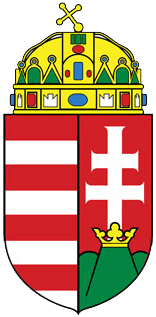 |
The Battles For Uryv
During operation Fall Blau (June 1942) elements of the Hungarian 2nd Army took part in operations in the drive to the Don River. While the army was still assembling at the front, the earlier arriving units were quickly utilised and sent into combat.
These Hungarian units were grouped into the German VII Armeekorps. The Hungarian force consisted of the III Corps headquarters, 7th and 9th Light Divisions and some elements of the 1st Field Armoured Division. Later the 6th Light Division arrived and was added to the force. |
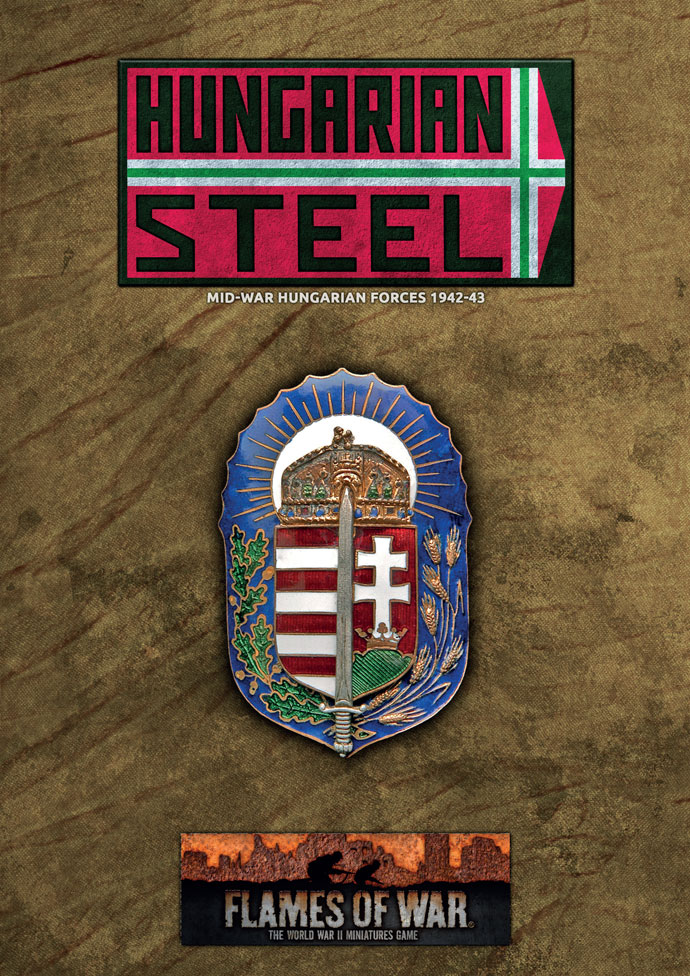 |
From 28 June to 7 July they advanced towards the Don, through lightly held Soviet lines, but meeting occasional stiff resistance. The Hungarian force, in conjunction with the German 16. Infanterie-division (mot), took the town of Tim on 2 July and went on to take Staryi Oskol on 4 July.
The remainder of the 2nd Army arrived in due course and the Hungarians had only just settled into their positions at the Don when the Soviet launched a counter-attack across it. The Soviet attack established three bridgeheads across the Don on the Hungarian positions at; Uryv, Karotyak and Stutye. |
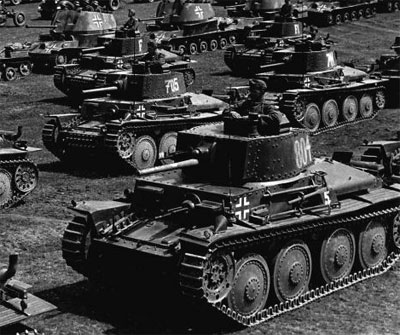 |
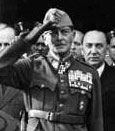 |
By July 1942 the entire 1st Armoured Field Division had arrived at the front to join the Hungarian 2nd Army.
It was immediately decided that these bridgeheads proved too much of a threat and should be eliminated. The first attempt to clear the bridgeheads took place on 18 July. The 7th Light Division, supported by the 1st Field Armoured Division, was given the task by the 2nd Army’s commander Vezérezredes (General) Gustáv Jány. |
The 1st Field Armoured Division formed a Battlegroup under Ezredes (Colonel) Endre Zádor, Commander of the 30th Tank Regiment. It consisted of:
I Battalion/30th Tank Regiment
1st Company (20 T-38G)
2nd Company (20 T-38 G)
3rd Company (11 Panzer IV F1)
1st Motorised Infantry Regiment
3 Battalions and regimental support
51st Armoured Autocannon Battalion (HQ 2 Toldi I)
4 Companies (each 1 Toldi I and 6 Nimrods)
1st Mechanised Artillery Battery
3 Batteries (each 4 37M 105mm Howitzers)
The Group “Zádor” was further supported by the VIII Cyclist Battalion, a Heavy Field Artillery battalion (149mm Howitzers), two Field Artillery Battalions (14M 100mm Howitzer), a Cavalry Company and a Horse Artillery Battery (1915/31M 75mm Hussar gun). |
The attack was lead by the 30th Tank Regiment’s 3rd Company under the command of Százados (Captain) László Makláry. During the initial stages of the attack the Hungarian tankers knocked out 21 Soviet tanks, with the Panzer IV F1 of the 3rd Company accounting for 12 vehicles. The Hungarian tank crews had learnt from their German instructors to flank the Soviet T-34 after they had fired, taking advantage of the Soviet crew’s temporary blindness from the main gun’s smoke and gases. |
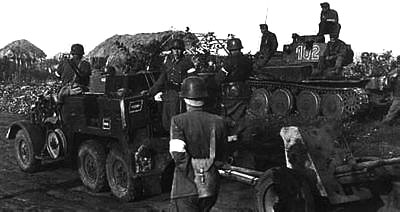 |
| They armoured force of the Soviet Bridgehead was destroyed and the infantry components of Group “Zádor” quickly cleared the area of any remaining opposition. The position was then taken over by the 7th Light Division. At the end of the days fighting the Hungarians had knocked out 21 Soviet armoured vehicles and captured four. Of the captured vehicles two were lend-lease Stuart light tanks and were pressed into service by the 1st Field Armoured Division as recovery vehicles. |
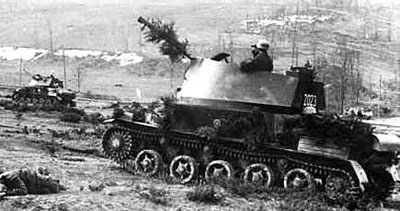 |
During the fighting the Nimrods of the 51st Armoured Autocannon Battalion, 3rd Company under the command of Százados (Captain) József Henkey-Hönig, were able to narrowly avert a flanking move by a company-sized force of Soviet armour. The Nimrods were assigned to Group “Zádor” primarily to protect them from air attack. They were attached to a group consisting of the 30th Tank Regiment’s 1st Company, with a heavy platoon from the regiment’s 3rd Company. |
Just after taking their second objective (of three assigned) a Soviet tank formation appeared to the group’s right rear. The tanks in the front of the group hadn’t noticed this new Soviet unit as their visibility was blocked by terrain. As the Nimrods were fitted with Hungarian radios and the tanks with German radios Százados Henkey-Hönig, who had noticed the Soviets while standing out of his Toldi turret, could not contact the tanks immediately to warn the group commander.
Taking the initiative Százados Henkey-Hönig turned his six Nimrods and command Toldi I tank and attacked the Soviet tanks. The attack immediately bore fruit and a Nimrod had set one T-34 ablaze. |
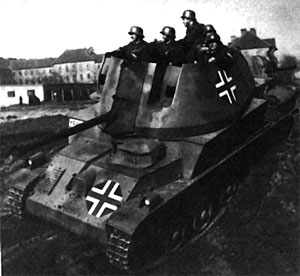 |
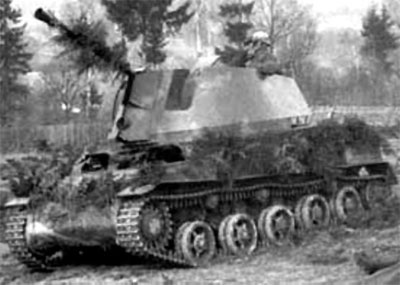 |
The Soviet tanks pulled back to the edge of the forest they had emerged from. Utilising cover the Nimrods continued to engage the Soviets. The Soviets at the edge of the forest were soon joined by machine-gun and anti-tank guns and a vicious firefight ensued.
The 30th Tank Regiment/I Battalion commander (Alezredes {Lt. Colonel} János Törcsváry) arrived at the scene, he immediately ordered another Nimrod platoon (2 vehicles) from the 51st Battalion/1st Company up as reinforcements. |
The 30th Tank Regiment/1st Company deployed and advanced south on the forest’s corner and began to clear the forest of Soviets. The counter-attack forced the Soviets to withdraw. Százados Henkey-Hönig’s company had destroyed six Soviet tanks during the encounter.
Százados Henkey-Hönig noted in his report afterwards the Soviets proved superior in both number and firepower. He also noted that the Nimrod’s open top, relatively weak armour and anti-tank ability did not make them ideal for this type of engagement.
He also felt that accompanying infantry would have greatly improved his company’s effectiveness. |
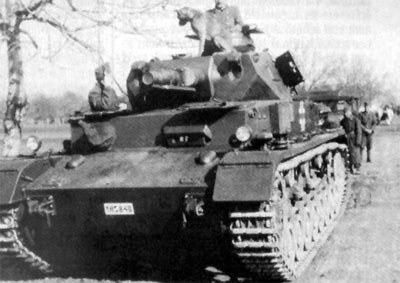 |
Scenario
This makes for unusual game with a whole Nimrod company on the table supported by tanks. Used the Free-For-All mission on a table with a couple of large forests for cover and to block long-range visibility. |
|
| Hungarian Force |
3rd Company, 51st Armoured Autocannon Battalion
(Autocannon Company, page 18 of Hungarian Steel) |
| Autocannon Company HQ (MH116) |
|
| 1 x Toldi (20mm) |
2 points |
| 1st Nimrod Autocannon Platoon (MH117) |
|
| 2x Nimrod |
4 points |
| 2nd Nimrod Antocannon Platoon (MH117) |
|
| 2x Nimrod |
4 points |
| 3rd Nimrod Autocannon Platoon (MH117) |
|
| 2x Nimrod |
4 points |
| T-38 Tank Company HQ (MH101) |
|
| 2x T-38 (3.7cm) |
5 points |
| T-38 Tank Platoon (MH102) |
|
| 5x T-38 (3.7cm) |
11 points |
| T-38 Tank Platoon (MH102) |
|
| 5x T-38 (3.7cm) |
11 points |
| T-38 Tank Platoon (MH102) |
|
| 5x T-38 (3.7cm) |
11 points |
| Panzer IV Tank Platoon (MH104) |
|
| 3x Panzer IV (short 7.5cm) |
21 points |
Total:
|
73 points |
|
| Soviet Force |
Strelkovy Battalion
(Rifle Battalion, page 33 of Enemy at the Gates) |
Rifle Battalion HQ (MS110)
2x M1891 rifle team |
1 points |
| Rifle Company (MS111) |
|
28x DP MG and M1891 rifle team
1x Komissar team |
24 points |
| Add 50mm mortar team |
1 point |
| Rifle Company (MS111) |
|
19x DP MG and M1891 rifle team
1x Komissar team |
16 points |
| Add 50mm mortar team |
1 point |
| Maksim MG Company (MS114) |
|
| 9x Maksim HMG |
6 points |
| Support Platoon |
|
| T-34 (Early) Tank Company |
|
| 5x T-34 (76mm) |
26 points |
| Total: |
75 points |
|
During the night the Soviets launched a counter-attack and retook the pocket. In the following days further attempts were made to clear the bridgehead, but none were as successful. The armoured troops were withdrawn to reserve on 20 July.
The Soviets continued to pour reinforcements into the bridgeheads at Uryv and Karotyak and Hungarian commander became concerned and new plans were made the clear them. The second attack to clear the Uryv pocket began on 10 August. The Hungarian force consisted of one Tank, one Motorised Infantry and one Artillery Battalion. Addition support was added by the 13th Light Division.
Initially the attack met with success, but the attack ground to a halt under heavy artillery and aircraft bombardment, and the Soviets clung to their foothold.
On 9 September a third attempt to take the Uryv bridgehead was launched. This time the attack was under German XXIV Panzerkorps command. The force consisted of the 7th, 12th, 13th and 20th Light Division, the 1st Field Armoured Division and a German Division (most likely the 168. Infanterie Division). |
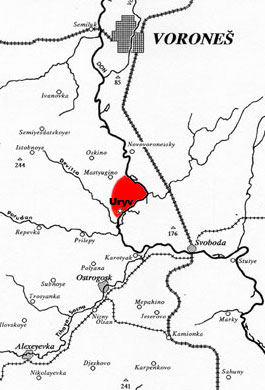 |
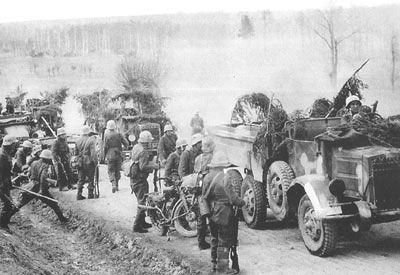 |
A total of 35 artillery batteries were used in the opening barrage of the attack. Soviet resistance proved stubborn and they also launched a number of counter attacks, reinforcing the position as required. The attack was called off on 14 September with the Soviets still holding the bridgehead. Casualties had been high on both sides (the 5 Hungarian divisions lost 1237 killed, 6163 wounded and 604 missing) it was decided to withdraw the 1st Field Armoured Division to army reserve and the 7th Light Division and German 429. Infanterie Regiment heavily fortify the area around the now reduced bridgehead. |
As the Light Divisions settled down to a period of trench warfare the cyclist and cavalry units from the divisions, corps and army were organised as local reserves in case of raids and attacks.
References
Niehorster, Leo W. G., The Royal Hungarian Army, 1920 – 1945, Volume I Organisation and History, Axis Europa Books, Bayside New York, ISBN 1-891227-19-X
Mujzer, Dr. Péter, The Royal Hungarian Army, 1920 – 1945, Volume II Hungarian Mobile Forces, Axis Europa Books, Bayside New York, ISBN 1-891227-35-1
Henkey-Hönig, József, Report on 1st Uryv engagement 18th July 1942, 51st Royal Hungarian Army Armoured Autocannon Battalion, Camp Hajmáskér 20th July 1943. |
Last Updated On Monday, January 10, 2022 by Wayne at Battlefront
|
|
|